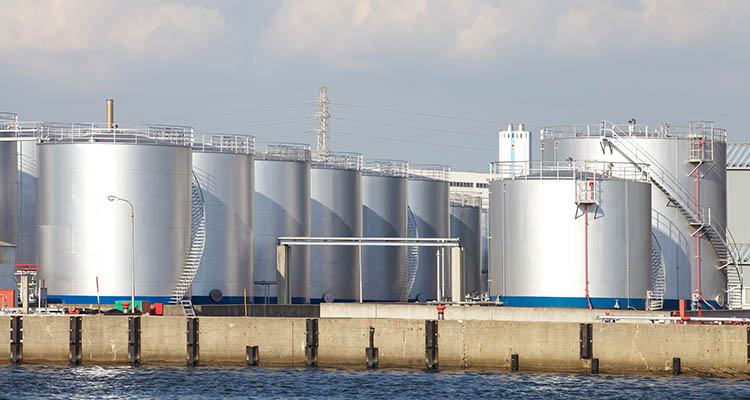The United States’ Environmental Protection Agency (EPA) mandates that secondary fuel containment be used in order to prevent oil spills from polluting navigable waterways. This includes lakes, rivers, streams, wetlands, play lakes and natural ponds, as outlined by the Clean Water Act and the Oil Pollution Act. Oil is defined as petroleum, fuel oil, sludge, oil refuse, non-petroleum oils, synthetic oils, animal fats and vegetable oils.
There are many factors to consider when seeking the best secondary containment option. In the fuel and oil industry it’s essential to develop a spill prevention plan in order to meet containment requirements outlined by the EPA.
Secondary Fuel Containment Questions
When it comes to choosing the best option for secondary fuel containment, consider these questions:
- Is the system chemically compatible with the oil and fuel products being stored or transported?
- What is the volume and weight necessary for secondary fuel containment?
- How often will secondary fuel containment systems be moved and in what way?
- Are the products contained flammable?
- What are the state and local requirements for secondary fuel containment in your area?
Secondary Fuel Containment Options
There are a variety of options available for secondary fuel containment depending on the answers to the questions above. Fuel containment spans more than one industry and purpose, which means there many options to consider.
Portable Tanks
For secondary fuel containment during transportation, a portable tank with compatible liner will be required. Secondary fuel containment is external and separate from the primary source of containment and can be temporarily attached to the transportation vehicle.
Liners
Secondary fuel containment liners prevent the downward or lateral escape of hazardous waste and toxic fuels. Liners must be durable, puncture resistant and lightweight in order to provide the strongest and highest quality secondary fuel containment.
Spill Containment Berms
Spill containment berms should always be around for secondary fuel containment during transportation. These types of berms are recommended for fuel tank containment and the transportation of hazardous materials.
BTL Liners works with you to meet your secondary containment requirements as outlined by the EPA. Secondary fuel containment acts as a backup in the event of an unexpected breach of the primary containment system. Together, we can help you transport and protect fuel, while also saving the environment from potential fuel and oil spills.



